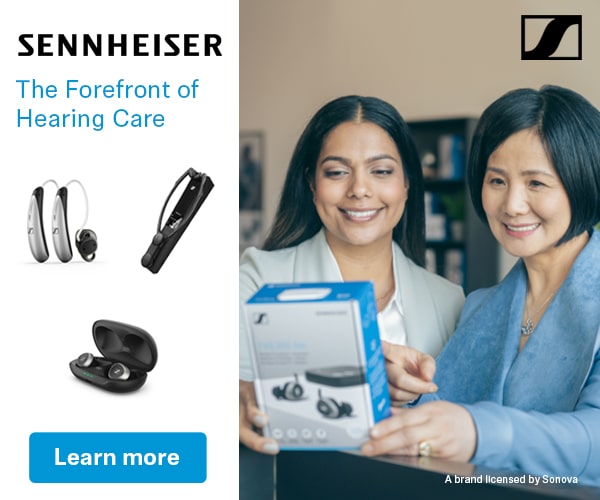Last week I talked about communicating with clients when they are not in your office. I would like to add one more note to that blog before going on to in-office communication.
How many times have you asked a client who is new to your office, ”Where did you get your hearing instruments?” only to receive the answer, “I don’t know” or “I can’t remember.” If you don’t keep in regular communication with your clients, how can you expect them to remember you when they have a need for instrument service or replacement? Customer loyalty is not what it was twenty years ago. Just like everything else in our hurry up – how cheap can I get it world, it frequently comes down to “What have you done for me lately?” Keeping in touch with your clients is what a caring professional does, and it’s also good business.
Now, as I said in the first paragraph, I want to talk about in-office communication. This category of communication is more than how you talk with your front desk person, although this also is important. In-office communication encompasses everything inside your four walls, from the color of the carpet to how you dress, and must be consistent with the way you conduct your business; or as some people label it, your business model and an integral part of your marketing plan.
If you want to run a “medical style” office you may have your consulting room arranged so that your clients are sitting on the other side of your desk, physically separated from you. This can be characterized as, “I’m the professional, this is what you should do.” You the professional know what’s best for your clients and they can follow your instructions, or move on.
At the other end of the spectrum is the “living room” style office. In this situation, the professional is much less formal, speaking with his client across a small end table or no table at all in an office that looks more like a living room than an office. The professional is physically close to the client and his language and demeanor is more relaxed and personal in tone.
In between the above two models are more variations than you can shake a stick at. (Why do people want to shake sticks?) Ideally, an office should reflect the business style that is most comfortable and effective for the professionals working there.
Just as it is important for a person to know himself, it is important for a professional to know which style of office he can work in most effectively. A person who is trained in the “medical office” model/style facility may find it an unpleasant experience to work in a “living room” style location, or vice versa. This same statement also applies to employees, so it is best to interview a prospective employee in person, on site, to ensure compatibility with the person and his/her style of working. A resume and phone interview alone does no service to either of you.






